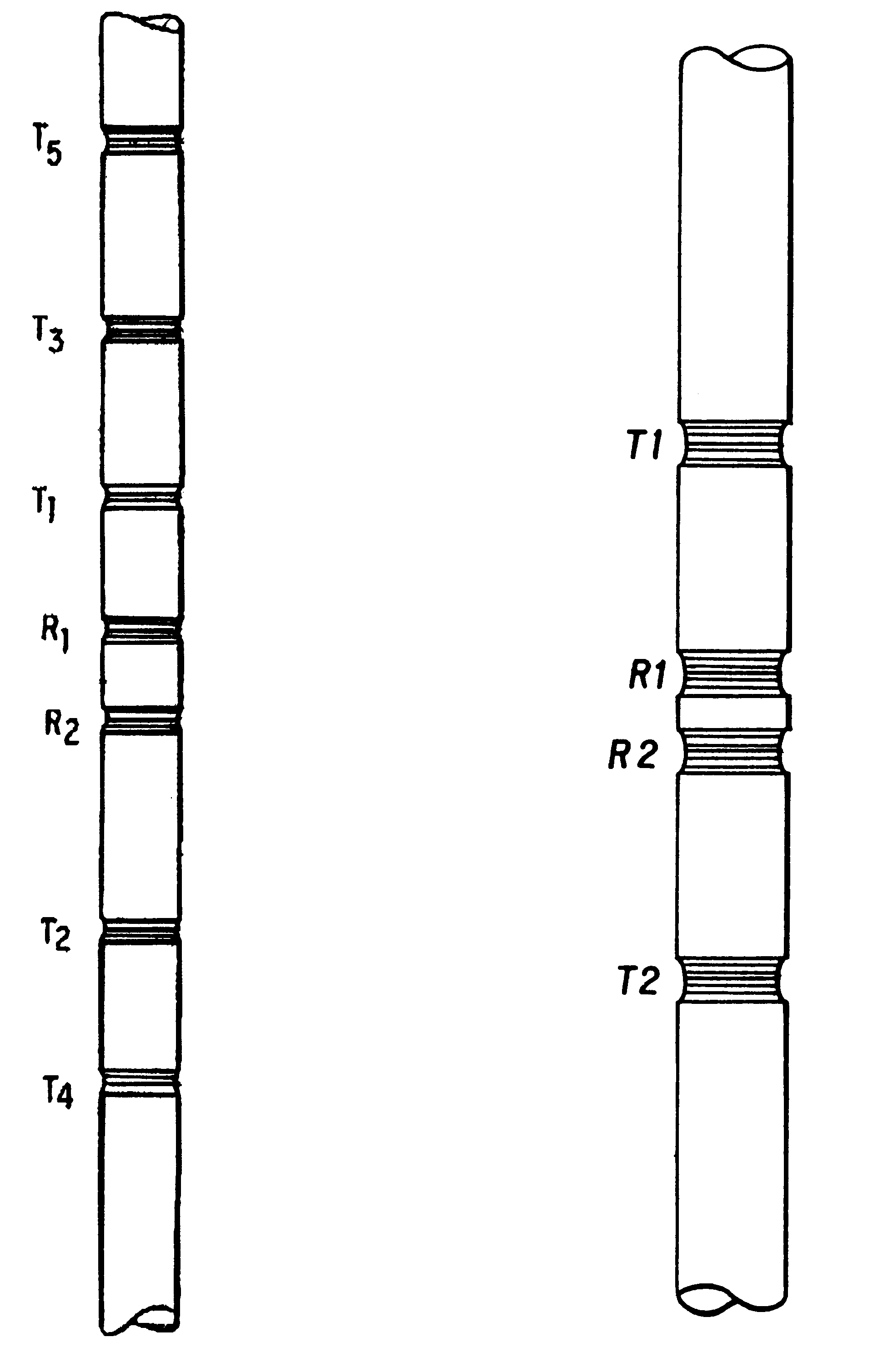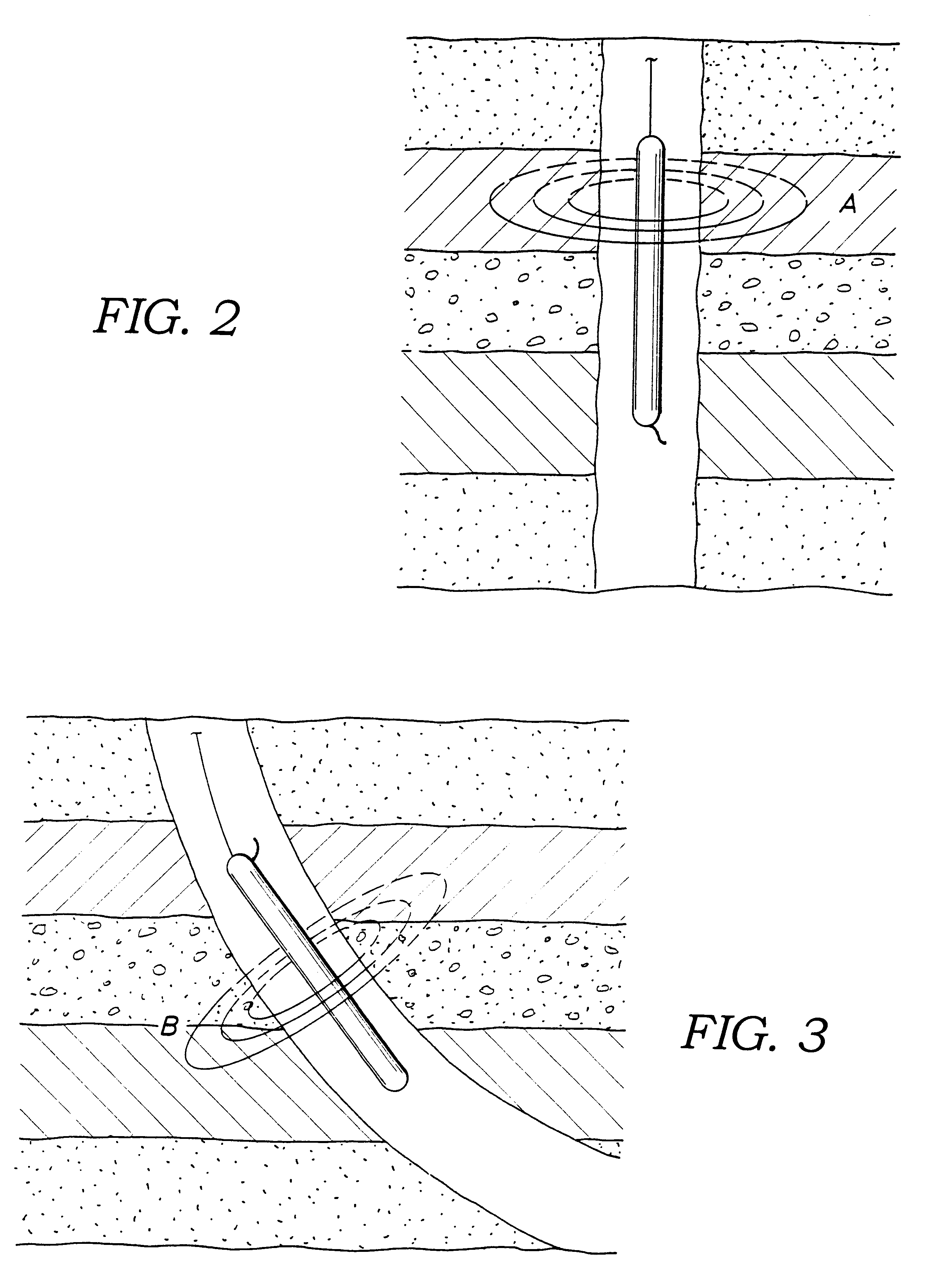Method and apparatus for evaluating the resistivity of formations with high dip angles or high-contrast thin layers
a resistivity and thickness technology, applied in the field of well logging, can solve the problems of corrupting measurement, affecting quantitative formation evaluation, and practical limitations of conventional propagation and induction techniques for evaluating formation resistivity
- Summary
- Abstract
- Description
- Claims
- Application Information
AI Technical Summary
Benefits of technology
Problems solved by technology
Method used
Image
Examples
Embodiment Construction
In the interest of clarity, not all features of actual implementation are described in this specification. It will be appreciated that although the development of any such actual implementation might be complex and time-consuming, it would nevertheless be a routine undertaking for those of ordinary skill in the art having the benefit of this disclosure.
4.1 Overview of the Problem
FIG. 1 shows the coil layouts of two logging tool designs A, B, disclosed in the '940 and '343 patents, which can be used to implement the present invention. Each tool includes at least two transmitters Tn (n>0) and at least one pair of receivers Rn (n>0). As discussed above, energy emitted into a formation by a transmitter Tn propagates in the formation and is detected by a receiver Rn as a complex-valued "phasor" voltage (not shown). Denoting the voltages detected at the receivers R1, R2 as V.sub.1, V.sub.2 (not shown), the processing of these measurements is based on the relative phase delay and attenuati...
PUM
 Login to View More
Login to View More Abstract
Description
Claims
Application Information
 Login to View More
Login to View More - R&D
- Intellectual Property
- Life Sciences
- Materials
- Tech Scout
- Unparalleled Data Quality
- Higher Quality Content
- 60% Fewer Hallucinations
Browse by: Latest US Patents, China's latest patents, Technical Efficacy Thesaurus, Application Domain, Technology Topic, Popular Technical Reports.
© 2025 PatSnap. All rights reserved.Legal|Privacy policy|Modern Slavery Act Transparency Statement|Sitemap|About US| Contact US: help@patsnap.com



